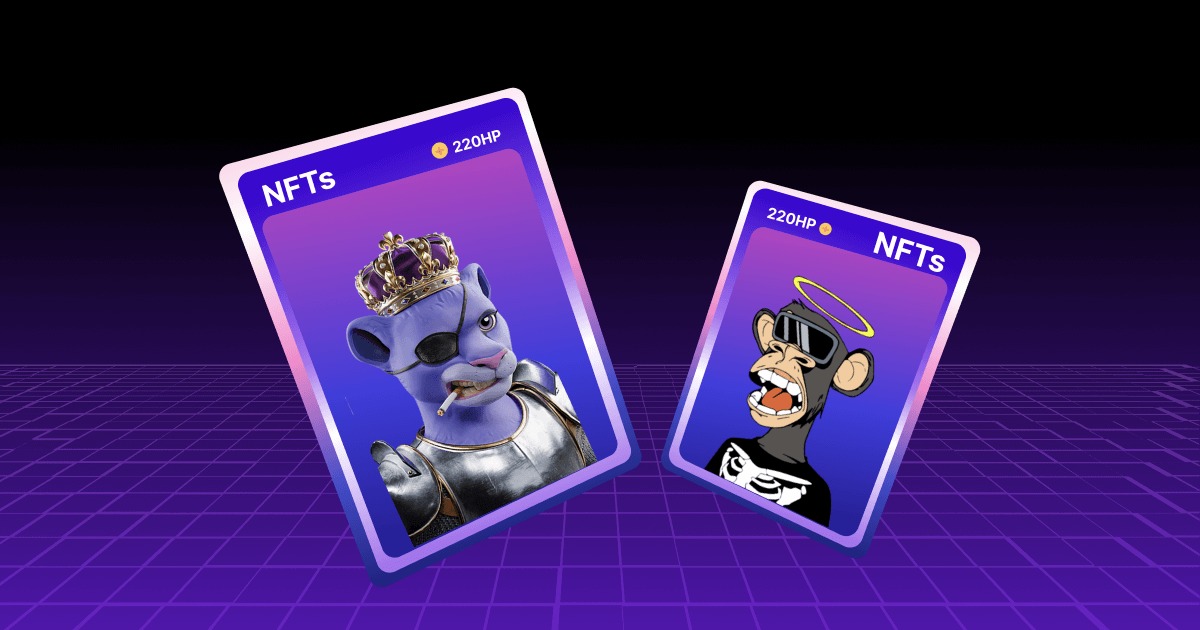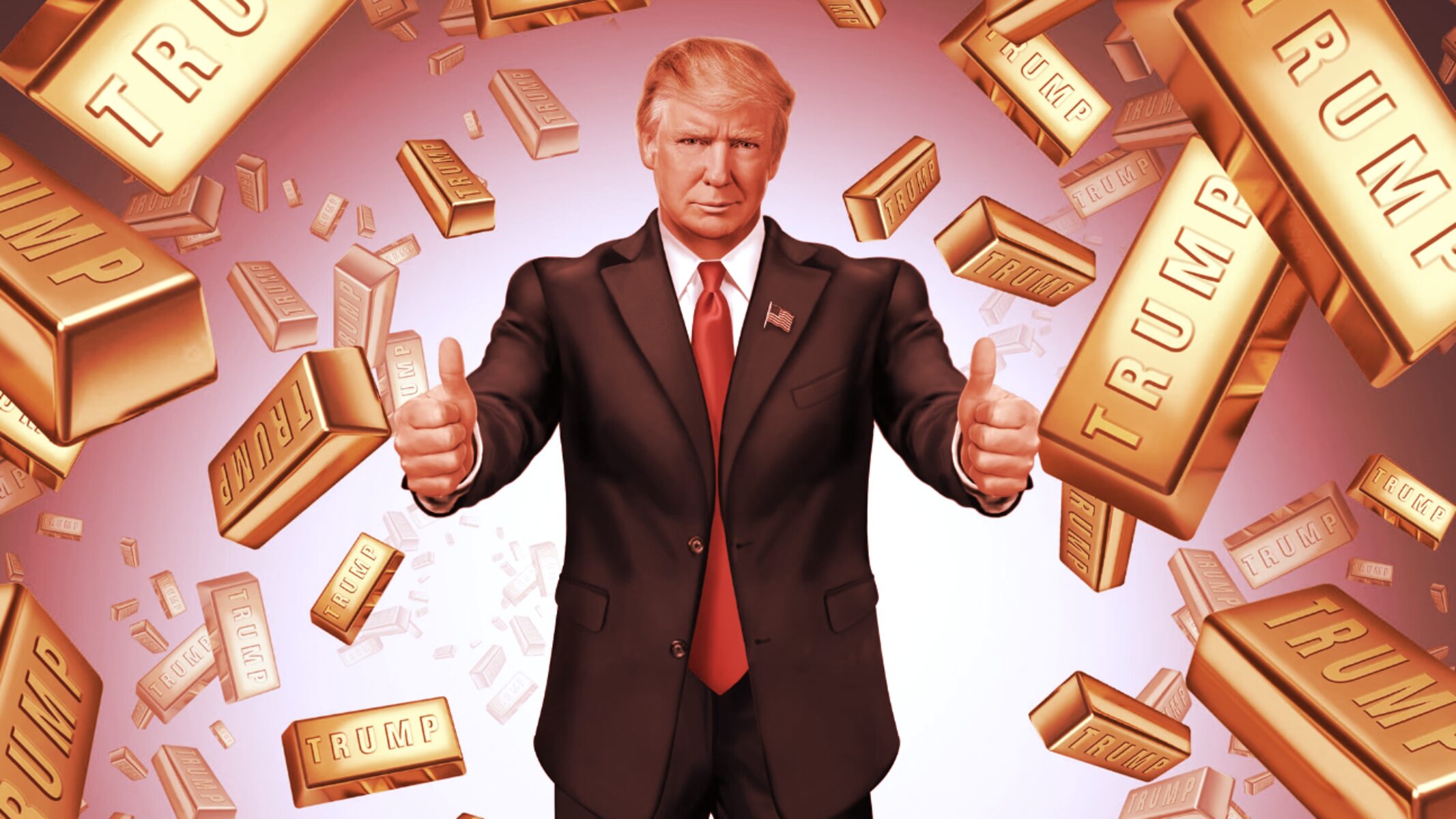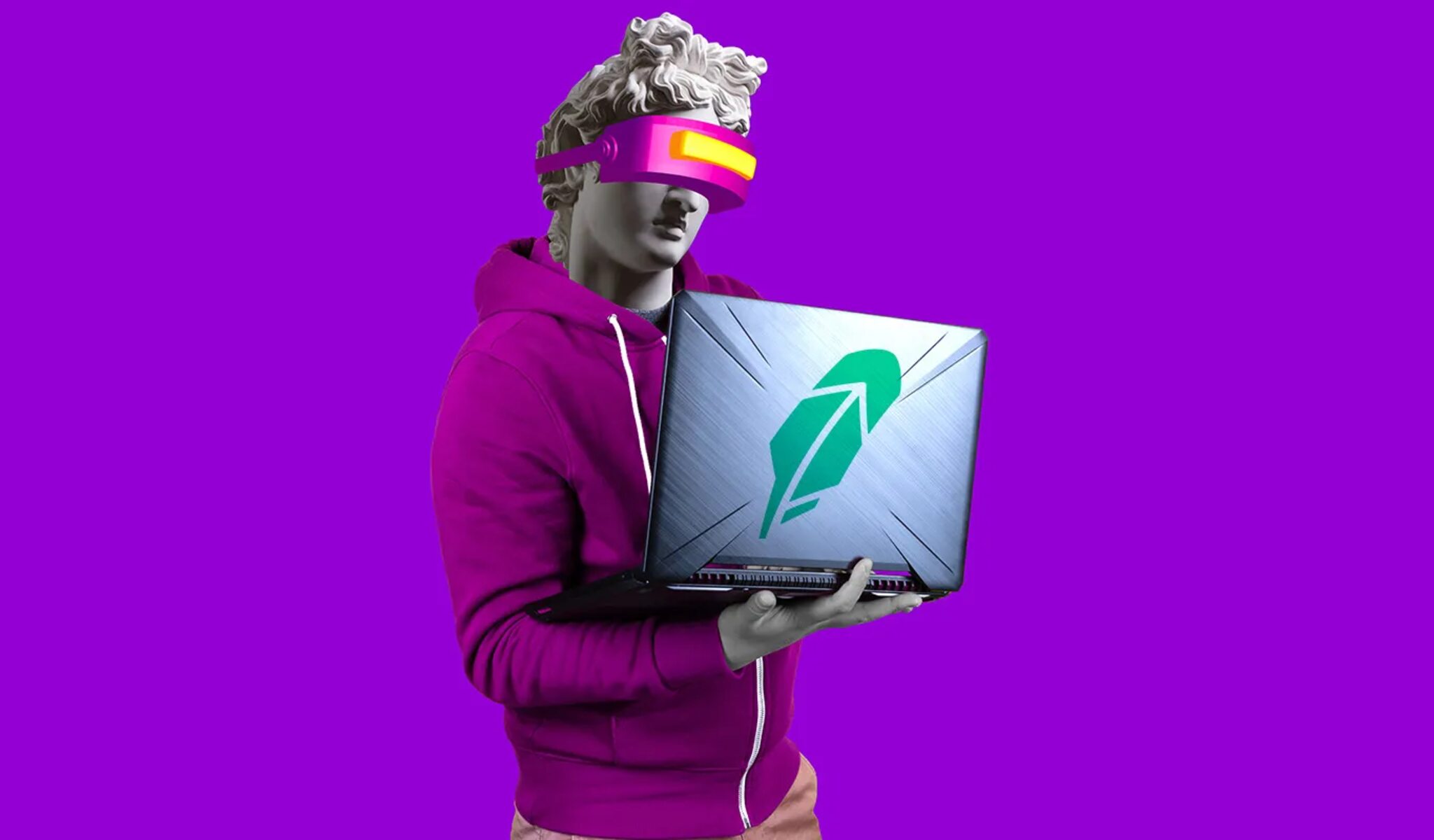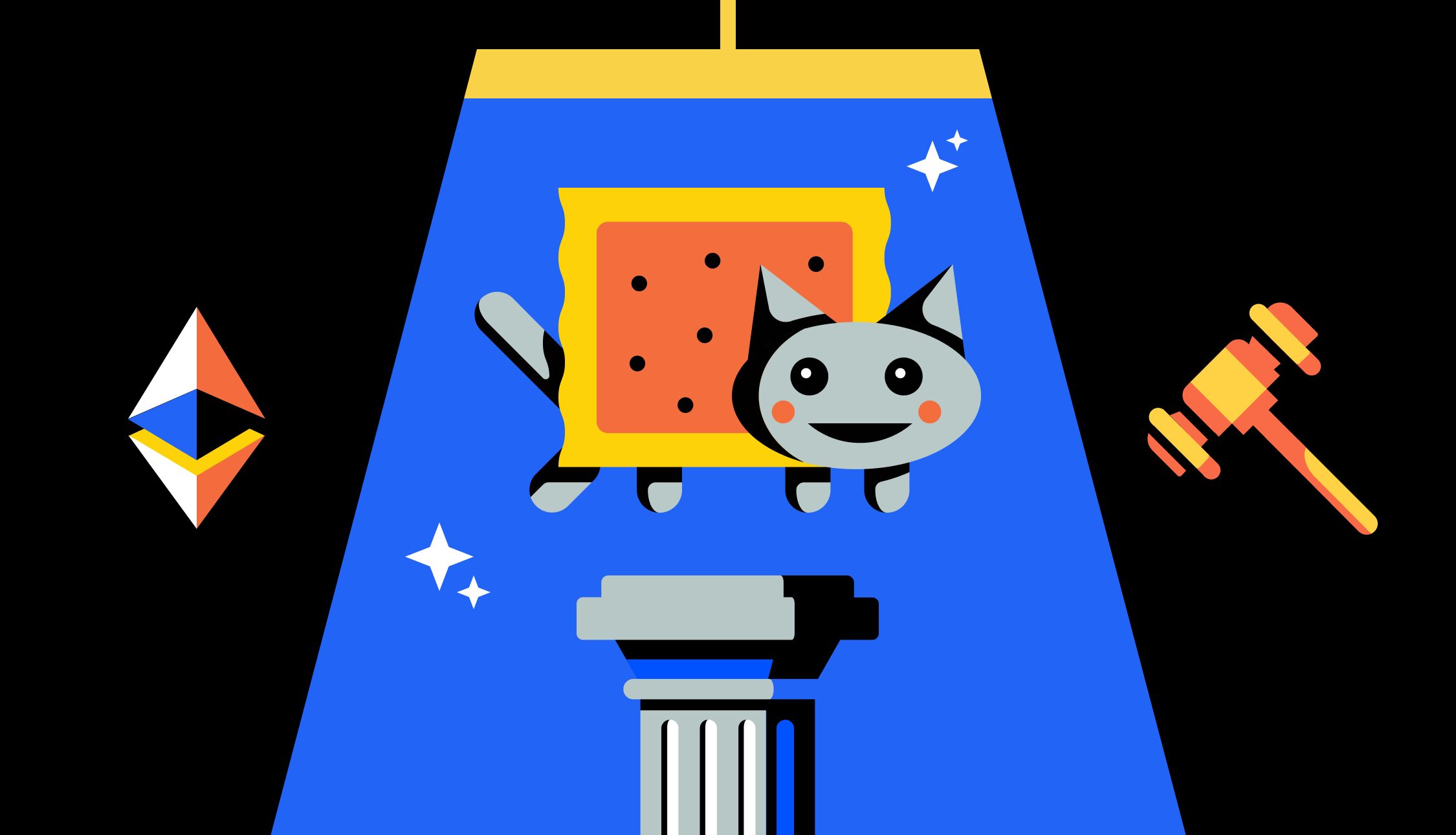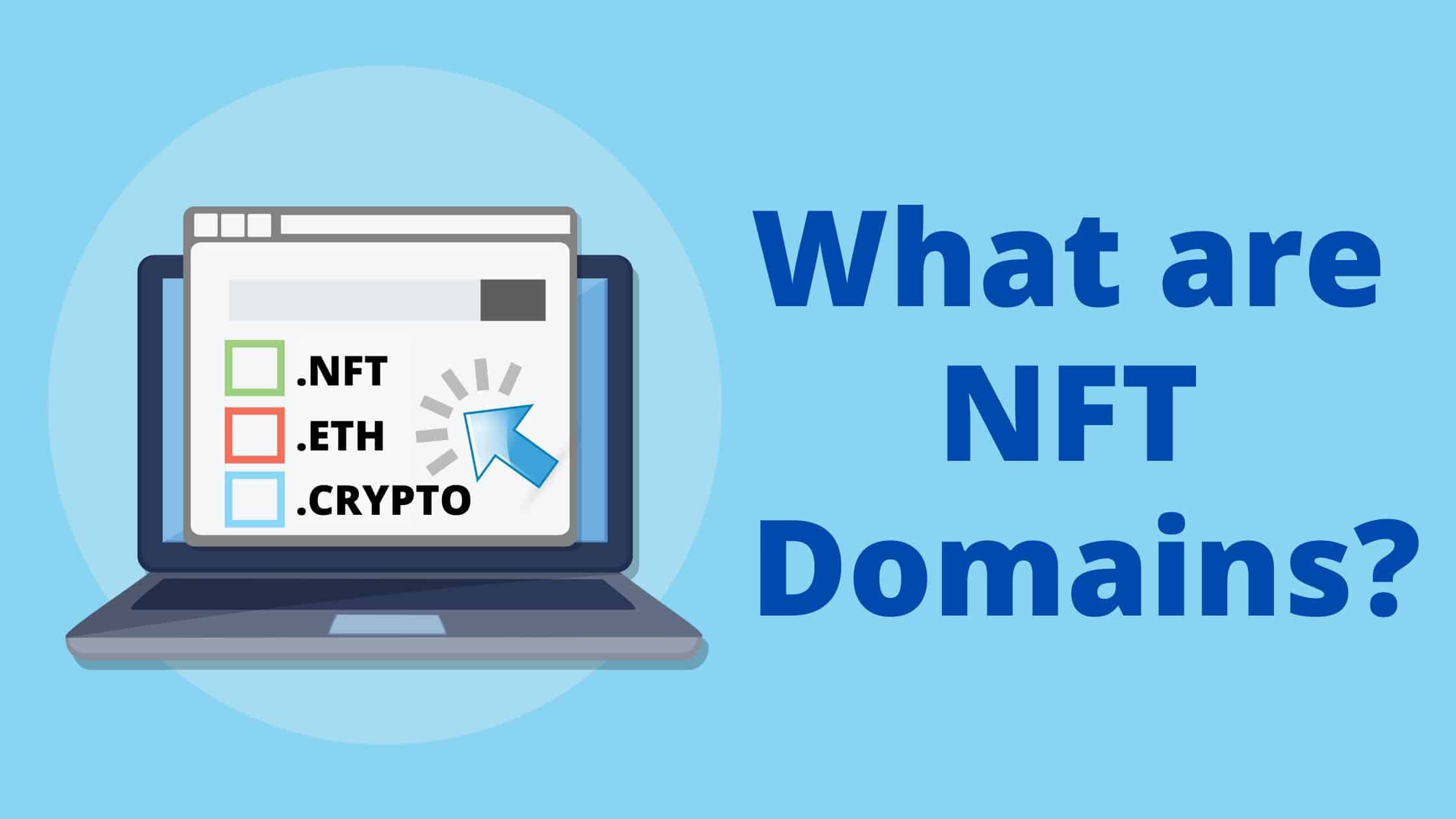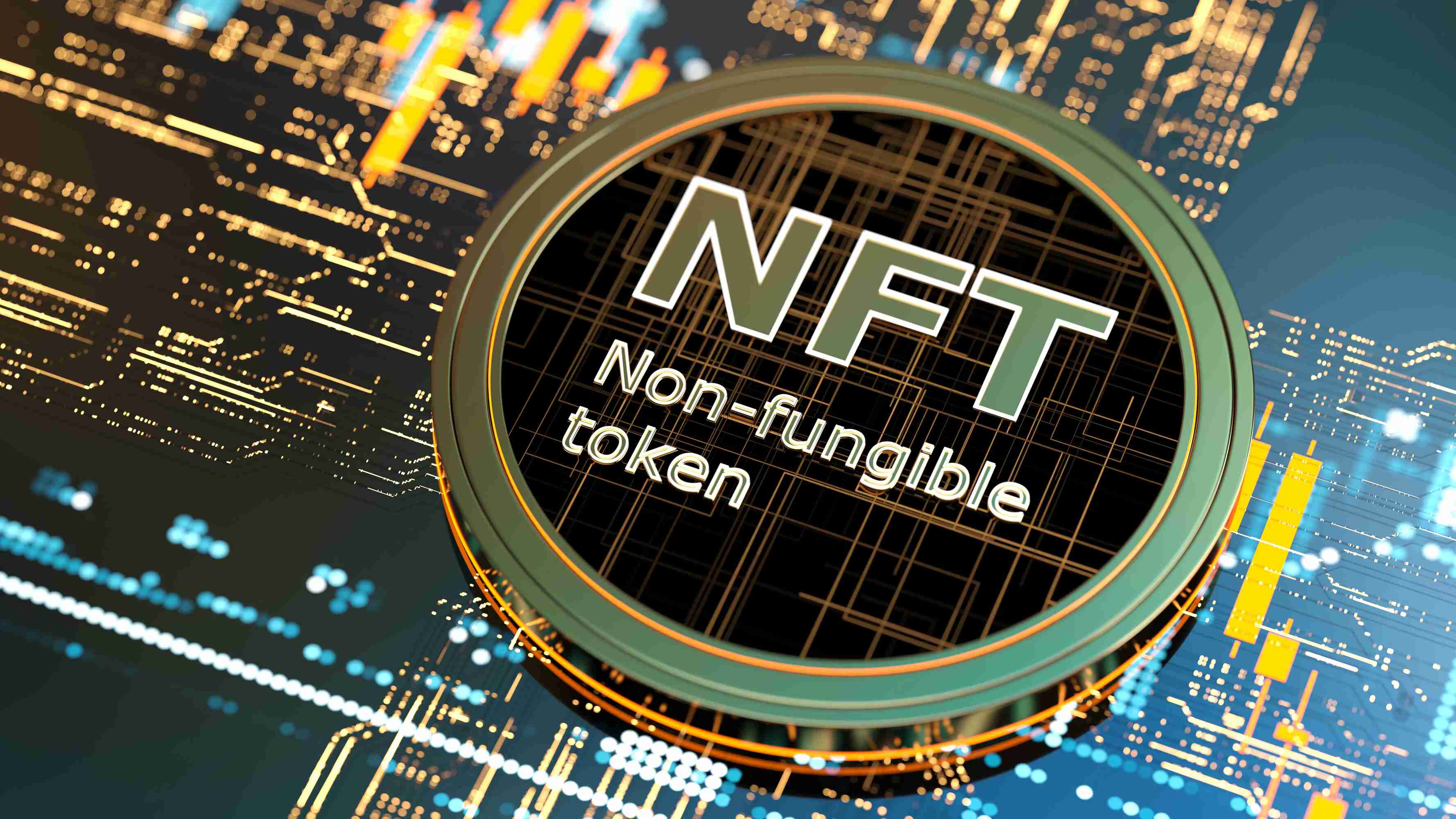Introduction
Welcome to the world of NFT cards! If you’ve been following the digital revolution closely, you may have heard the term “NFT” buzzing around. It stands for Non-Fungible Token and has taken the art and collectibles market by storm. But what exactly is an NFT card?
In simple terms, an NFT card is a unique digital item that exists on the blockchain. It combines the concept of collectible cards with the technology of NFTs, resulting in a whole new way of owning and trading digital assets.
Unlike traditional collectible cards that are physical objects, NFT cards exist purely in digital form. They can come in various formats, such as images, animations, videos, or even virtual reality experiences. Each NFT card is one-of-a-kind, with a distinct set of characteristics that make it different from any other card out there.
When you own an NFT card, you have proof of ownership recorded on the blockchain, making it verifiable and tamper-proof. The blockchain acts as a digital ledger, ensuring that the ownership and transaction history of the NFT card are transparent and secure.
The concept of NFT cards has ignited a frenzy of creativity among artists, collectors, and enthusiasts. It has opened up new possibilities for digital artists to showcase their work and monetize their creations. It has also revolutionized the way collectors collect, trade, and display their prized possessions.
In the following sections, we will dive deeper into the world of NFT cards and explore how they are created, how they differ from traditional collectible cards, and why they are gaining popularity. We will also look at how one can buy and sell NFT cards and discuss the factors that determine their value. Lastly, we will highlight some popular examples of NFT cards that have made waves in the digital art world.
What is an NFT?
Before understanding what an NFT card is, let’s first grasp the concept of NFTs. NFT stands for Non-Fungible Token, and it refers to a unique digital asset that cannot be replicated or replaced.
In contrast to cryptocurrencies like Bitcoin or Ethereum, which are fungible assets (meaning they can be exchanged on a one-to-one basis), NFTs represent ownership of a specific item or piece of content. It could be anything from artwork, music, videos, virtual real estate, or even tweets.
What makes NFTs distinctive is their underlying technology, blockchain. Blockchain is a decentralized digital ledger that records every transaction and ensures the authenticity, provenance, and scarcity of the NFT. This means that once an NFT is minted or created, it cannot be altered or destroyed, providing a permanent and immutable record of ownership.
Another key feature of NFTs is the ability to include smart contracts. These self-executing contracts contain predefined rules and conditions that dictate how the NFT can be used, transferred, or monetized. For instance, an artist can set royalties on their NFT, ensuring that they receive a percentage of the sales whenever it’s sold or resold.
Ownership of an NFT is represented by a unique token, which contains information about the asset and its history. This token can be bought, sold, and traded on various NFT marketplaces. Each token has a specific identifier that distinguishes it from other tokens, making it irreplaceable and valuable to collectors.
It’s important to note that owning an NFT does not necessarily grant you copyright or intellectual property rights over the underlying content. You simply own the token that represents the digital asset, while the creator retains the original rights.
NFTs have gained significant attention in recent years, thanks to their ability to provide proof of ownership, enable digital scarcity, and create new avenues for artists and creators to monetize their work. Now, let’s explore how NFTs intersect with the world of collectible cards in the form of NFT cards.
What is a Card?
When we think of cards, we often associate them with physical objects made of paper or cardboard that contain information or images. Cards have been used in various contexts, including playing cards, trading cards, business cards, and greeting cards.
In the context of collectibles, a card typically refers to a small, portable item that features a unique design, artwork, or information related to a specific theme. These cards are often produced in limited quantities, making them more desirable and valuable to collectors.
Collectible cards have been popular for decades, with trading card games like Magic: The Gathering and sports cards like baseball or basketball cards capturing the interest of millions of enthusiasts worldwide. These cards are cherished for their aesthetic appeal, rarity, and the thrill of collecting and trading them.
Physical collectible cards are tangible items that can be held, displayed, or stored in protective sleeves or albums. They often feature intricate designs, high-quality printing, and sometimes even come with special features like holographic foil or autographs.
Traditionally, collectors would carefully curate their card collections, either for the joy of owning these unique items or with the hope that their value would appreciate over time. The rarity of specific cards and their popularity among fans and collectors would drive their market value.
Now, with the advent of digital technology, the world of cards has expanded beyond physical realms into the digital realm, paving the way for the emergence of NFT cards.
Stay tuned to explore the realm of NFT cards and witness the intersection of collectibles and blockchain technology.
What is an NFT Card?
An NFT card combines the characteristics of an NFT and a traditional collectible card, resulting in a unique digital collectible item. It takes advantage of blockchain technology to provide proof of ownership, scarcity, and tradeability.
Similar to physical collectible cards, an NFT card often features artwork, illustrations, or graphics that make it visually appealing. However, instead of being a physical item, an NFT card exists purely in digital form. It can take the shape of an image, animation, video, or even a 3D model.
What sets an NFT card apart is its uniqueness. Each NFT card is one-of-a-kind, making it distinguishable from all other cards in existence. This uniqueness is made possible by the nature of blockchain technology, which ensures that no two NFT cards are identical.
Just like traditional collectible cards, NFT cards can be traded and collected. Collectors can acquire NFT cards from artists or other collectors, either through direct sales or auctions on NFT marketplaces. The ownership of NFT cards is recorded on the blockchain, providing a transparent and verifiable history of transactions.
NFT cards also have the potential for additional layers of interactivity and functionality. They can incorporate elements like gamification, where owning specific cards might grant access to exclusive content or unlock special features within a game or virtual world.
Moreover, NFT cards may have attributes or metadata associated with them that provide additional information about their characteristics, rarity, or even their in-game or real-world functionalities. These attributes can enhance the value and desirability of the NFT card among collectors.
Overall, NFT cards bring a digital twist to the world of collectibles, providing artists and collectors with new opportunities for creativity, ownership, and trade. They combine the aesthetic appeal and thrill of traditional collectible cards with the benefits of blockchain technology, opening up a whole new frontier for the collectibles market.
How are NFT Cards created?
Creating an NFT card involves a series of steps that leverage blockchain technology and smart contracts. Here is an overview of the process:
- Choose the Platform: The first step is to decide on the blockchain platform on which you want to create your NFT card. Ethereum is currently the most popular choice, but other platforms like Binance Smart Chain and Flow are gaining traction.
- Create a Wallet: Next, you need to set up a digital wallet that is compatible with the chosen blockchain platform. The wallet will allow you to store, send, and receive NFTs.
- Prepare the Artwork: Design or select the artwork for your NFT card. This can be a digital image, animation, or any other form of digital content that represents your card.
- Minting the NFT: Using an NFT marketplace or a specialized platform, you can mint your NFT card. Minting involves uploading your artwork, adding relevant metadata (such as the card’s name, description, and attributes), and setting any additional conditions or royalties.
- Pay Gas Fees: When minting an NFT on the Ethereum blockchain, you need to pay gas fees, which cover the computational resources required to execute the smart contract. Gas fees can vary depending on network congestion and the complexity of the transaction.
- Deploying the Smart Contract: Once the minting process is complete, a smart contract is deployed on the blockchain to represent your NFT card. The smart contract contains the rules and conditions for ownership, transfers, royalties, and any other functionalities you have specified.
- Verification and Listing: After minting, your NFT card is typically verified by the marketplace or platform to ensure its authenticity and quality. Once verified, it is usually listed for sale or auction on the marketplace, where collectors can browse, purchase, and trade NFT cards.
It’s important to note that the specific steps and processes may vary depending on the platform and marketplace you choose. Some platforms offer user-friendly interfaces that streamline the creation and minting of NFT cards, while others may require a deeper understanding of blockchain technology and smart contracts.
Minting an NFT card gives artists and creators the opportunity to showcase their work in a unique and digital format, while also giving collectors the chance to own and trade these exclusive digital assets.
How do NFT Cards differ from traditional collectible cards?
NFT cards and traditional collectible cards may share some similarities, but they also have significant differences that set them apart. Here are a few key distinctions:
- Digital vs. Physical: The most obvious difference is that NFT cards exist in a digital format, while traditional collectible cards are physical objects made of paper or cardboard. NFT cards can be viewed and traded online, accessed through digital wallets, and displayed virtually.
- Uniqueness and Authenticity: NFT cards are unique and one-of-a-kind, thanks to their underlying blockchain technology. Each NFT card has a distinct identity and cannot be replicated. In contrast, traditional collectible cards may have different editions or print runs, but they usually have multiple copies and can be mass-produced.
- Ownership and Proof: NFT cards provide irrefutable proof of ownership through blockchain technology. Ownership is recorded on the blockchain, ensuring transparency and immutability. Traditional collectible cards rely on physical possession and documentation to establish ownership.
- Transferability and Accessibility: NFT cards can be easily bought, sold, and traded on various online marketplaces. The transfer of ownership is seamless and can happen instantly. Traditional collectible cards, on the other hand, require physical exchange or trading in person or through specialized venues like card shows or conventions.
- Added Functionality: NFT cards have the potential for added functionalities and interactions. They can incorporate augmented reality (AR), virtual reality (VR), gamification elements, or other digital enhancements that enhance the user experience. Traditional collectible cards, while visually appealing, generally do not offer these digital integrations.
- Global Reach: NFT cards have a global reach, with collectors and enthusiasts from all over the world being able to access and trade them. Traditional collectible cards may have a more localized market, with collectors often limited by geographic factors or regional availability.
- Economic Considerations: The value of NFT cards can fluctuate rapidly, driven by factors such as demand, scarcity, and market trends. Traditional collectible cards also have their market value, but it tends to be more stable and influenced by factors like player performance, rarity, and historical significance.
It’s important to acknowledge that both NFT cards and traditional collectible cards have their own charm and appeal. While NFT cards offer new possibilities in the digital realm, traditional collectible cards have a rich history and hold sentimental value for many collectors.
Regardless of their differences, both types of cards have passionate communities surrounding them, with collectors finding joy, excitement, and a sense of connection through their chosen card collecting pursuits.
Why are NFT Cards gaining popularity?
NFT cards have seen a meteoric rise in popularity in recent years, and several factors contribute to their growing appeal. Here are some reasons why NFT cards have captured the attention of artists, collectors, and enthusiasts:
- Digital Ownership: NFT cards provide a new way to establish ownership in the digital realm. They leverage blockchain technology to prove authenticity and ownership, giving artists and collectors a sense of security and trust in the digital art market.
- Creative Expression: NFT cards offer artists a platform to express their creativity and showcase their work in unique and innovative formats. Digital art can be easily transformed into NFT cards, enabling artists to experiment with various mediums, styles, and concepts.
- Monetization Opportunities: NFTs, including NFT cards, have opened up new revenue streams for artists. By minting and selling their artwork as NFT cards, artists can directly profit from their creations and retain control over the royalties earned from subsequent sales.
- Global Access: NFT cards transcend geographical boundaries, allowing artists to reach a global audience and connect with collectors from around the world. This level of accessibility and exposure was not achievable to the same extent with traditional collectible cards.
- Increased Interactivity: While traditional collectible cards are static objects, NFT cards have the potential to be interactive. Artists can incorporate additional elements like animations, sound, or even gamification features, creating a more engaging and immersive experience for collectors.
- Digital Sustainability: As concerns about environmental sustainability grow, digital art forms like NFT cards offer a more eco-friendly alternative to physical collectibles. NFTs eliminate the need for paper, printing, and physical transportation, reducing the carbon footprint associated with traditional collectible cards.
- Speculative Investment: The potential for significant returns on investment has also contributed to the popularity of NFT cards. Some collectors and investors see value in acquiring rare or highly sought-after NFT cards, with the hope that their price will appreciate over time.
- Participation in Creator Communities: Collectors who own NFT cards often become part of thriving online communities centered around digital art and NFTs. These communities foster interactions, collaborations, and shared experiences, creating a sense of belonging and connection.
It’s important to acknowledge that the rapid rise and popularity of NFT cards have also sparked debates and discussions regarding environmental concerns, market volatility, and the impact on traditional art markets. As the technology and market continue to evolve, it remains essential to consider the diverse perspectives and ongoing developments surrounding NFT cards.
How can one buy and sell NFT Cards?
Buying and selling NFT cards is primarily done through online marketplaces that specialize in digital assets. Here is a simplified guide on how you can participate in the buying and selling of NFT cards:
- Choose an NFT Marketplace: Start by selecting a reputable NFT marketplace where you can browse, discover, and trade NFT cards. Popular marketplaces include OpenSea, Rarible, SuperRare, and NBA Top Shot.
- Create a Digital Wallet: To buy and sell NFT cards, you’ll need a digital wallet that is compatible with the marketplace and blockchain platform they operate on. Popular wallets for Ethereum-based NFTs include MetaMask, Trust Wallet, and Coinbase Wallet.
- Fund Your Wallet: Ensure that you have sufficient funds in your digital wallet to make purchases. Most NFT marketplaces require payments in cryptocurrency, such as Ethereum (ETH).
- Browsing and Discovering NFT Cards: Explore the marketplace to discover NFT cards that catch your interest. You can search by keywords, categories, or explore curated collections.
- Evaluating NFT Cards: Consider factors such as the artwork, rarity, attributes, and reputation of the artist when evaluating the value and desirability of an NFT card. Check the marketplace for additional information provided by the seller and engage with the artist or community if you have any questions.
- Placing a Bid or Making a Purchase: Once you’ve found an NFT card you’d like to buy, follow the instructions on the marketplace to place a bid or make a direct purchase. If the NFT card is listed as an auction item, you can place a bid and monitor the bidding activity until the auction concludes.
- Payment and Transaction: If your bid is successful or you make a direct purchase, follow the marketplace’s instructions for completing the payment. This typically involves confirming the transaction from your digital wallet and paying the designated amount in cryptocurrency.
- Selling NFT Cards: If you own NFT cards that you want to sell, you can list them for sale on the marketplace. Set a price or choose to auction the item. You may need to pay a listing fee or transaction fee to the marketplace.
- Managing Your NFT Collection: Keep track of your owned NFT cards in your digital wallet and utilize the marketplace’s tools for managing and showcasing your collection.
It is essential to exercise caution and do proper research before engaging in buying or selling NFT cards. Familiarize yourself with the marketplace’s terms and conditions, understand the potential risks, and be aware of transaction fees and gas fees associated with blockchain transactions.
As the NFT market continues to evolve, new marketplaces may emerge, and the process may become more streamlined. Stay informed, follow industry developments, and engage with the community to make the most of your NFT card buying and selling experiences.
How is the value of an NFT Card determined?
The value of an NFT card is determined by a combination of factors, including scarcity, demand, the reputation of the artist, and the perceived value by collectors. Here are some key elements that influence the value of an NFT card:
- Rarity and Scarcity: The scarcity of an NFT card plays a significant role in its value. If an NFT card is part of a limited edition or has unique attributes, it is likely to be more valuable. Collectors often seek out rare and exclusive NFT cards to add to their collections.
- Artist and Reputation: The reputation and popularity of the artist who created the NFT card can greatly impact its value. Established artists or those with a strong following may command higher prices for their NFT cards due to their recognized talent, previous sales history, or cultural significance.
- Artistic Merit and Aesthetics: The visual appeal, creativity, and overall artistic merit of an NFT card are important factors in determining its value. Cards that showcase exceptional artwork, innovative techniques, or a unique style may attract higher bids and higher prices.
- Prominence and Popularity: NFT cards associated with well-known brands, franchises, or celebrities may have higher demand and value. Collectors often seek NFT cards featuring popular characters or collaborations, as they have broader appeal and may hold sentimental value for fans.
- Historical Significance: Some NFT cards gain value due to their historical significance or cultural impact. They may be associated with significant events, milestones, or breakthroughs within the NFT or crypto art space. These cards may hold a special place in the history of digital collectibles, thus increasing their value.
- Market Demand and Trends: Like any asset or collectible, the value of an NFT card is influenced by market demand and the trends prevailing at the time. Factors such as the overall interest in NFTs, specific thematic trends, or wider market hype can drive up the value of certain NFT cards.
- Utility and Functionality: NFT cards that offer additional utility or functionality beyond their visual appeal may command higher values. If owning an NFT card grants access to exclusive content, perks, or experiences, it can greatly enhance its value and desirability among collectors.
It’s important to note that the value of NFT cards can be volatile and influenced by numerous factors. Prices can fluctuate rapidly, and the market is still maturing. As the NFT ecosystem continues to develop, collectors and enthusiasts should assess the inherent value, historical context, and long-term potential of NFT cards before making purchasing decisions.
What are some popular examples of NFT Cards?
The world of NFT cards is vast and ever-expanding, with numerous artists and creators pushing the boundaries of digital art. Here are a few popular examples of NFT cards that have garnered attention and popularity:
- CryptoPunks: CryptoPunks is one of the earliest and most iconic collections of NFT cards. It features 10,000 unique and pixelated characters with various attributes, including hairstyles, accessories, and facial expressions. Each CryptoPunk is distinct and has gained significant value and recognition in the NFT market.
- Art Blocks: Art Blocks is an NFT platform known for its generative art projects. Artists create algorithms that generate unique artworks, resulting in a series of NFT cards with distinctive styles and characteristics. Many Art Blocks projects have attracted a large following and have become sought after by collectors.
- NBA Top Shot: NBA Top Shot brings the excitement of basketball to the world of NFT cards. It offers officially licensed video highlights of NBA players as collectible NFT cards. Each card represents a specific moment or play from a game, capturing the essence of the sport and appealing to basketball enthusiasts and collectors alike.
- Bored Ape Yacht Club: Bored Ape Yacht Club gained significant popularity for its collection of 10,000 unique and individually generated pixelated ape NFT cards. The project generated a passionate community and offered additional perks and benefits to the owners of these NFT cards, including access to exclusive events and experiences.
- F1® Delta Time: F1® Delta Time is an NFT project that combines Formula 1 racing with collectible cards. The NFT cards represent virtual cars, drivers, and components that can be used in the F1® Delta Time racing game. These cards hold value for both their collectibility and in-game functionalities.
- Pak: Pak is an anonymous and highly influential artist known for their unique and conceptual NFT cards. Their projects, such as “The Uniswap Collection” and “The Archetype Collection,” have gained attention for their artistic depth and thought-provoking themes, pushing the boundaries of traditional NFT card designs.
These are just a few examples among the vast array of NFT cards available. It’s essential to explore and discover the wide range of artists, projects, and styles prevalent in the NFT card market. As the space evolves, new and exciting NFT card collections continue to emerge, captivating collectors and enthusiasts alike.
Conclusion
NFT cards have revolutionized the world of collectibles by combining the uniqueness of NFTs with the allure of traditional collectible cards. These digital assets have gained immense popularity due to their ability to provide proof of ownership, showcase creativity, and offer new opportunities for artists and collectors.
With blockchain technology and smart contracts, NFT cards have created a secure and transparent ecosystem for buying, selling, and trading digital collectibles. They have opened up global markets, allowed artists to monetize their creations, and given collectors access to a wide range of unique and exclusive digital artworks.
While NFT cards share some fundamental characteristics with traditional collectible cards, such as aesthetic appeal and the joy of collecting, their digital nature brings added features such as interactivity and global accessibility. Artists can experiment with new mediums and collectors can engage in vibrant online communities surrounding digital art and NFTs.
However, as the popularity of NFT cards continues to soar, it is essential to consider the evolving landscape and its potential implications. Concerns about environmental impact, market volatility, and the sustainability of the NFT market should not be overlooked.
As the technology and ecosystem surrounding NFT cards evolve, it is crucial for artists, collectors, platforms, and regulators to navigate these developments responsibly and ethically. Striking a balance between innovation, creativity, and sustainability will be vital for the long-term growth and acceptance of NFT cards as a valuable and enduring form of digital collectibles.
Whether you are an artist looking to explore new avenues for expression or a collector seeking the thrill of ownership and connection to digital art, NFT cards present a dynamic and exciting world to delve into. Embrace the possibilities, stay informed, and enjoy the journey through this digital realm of unique and fascinating collectibles.









